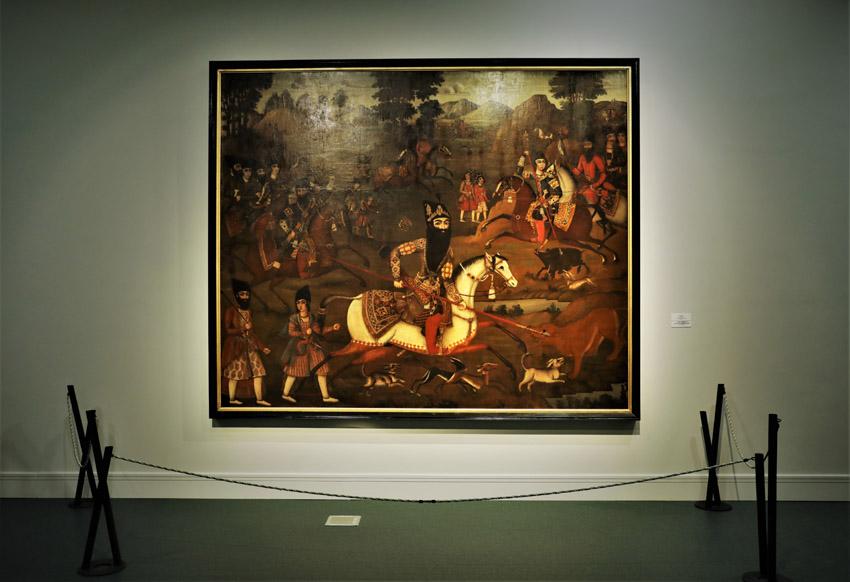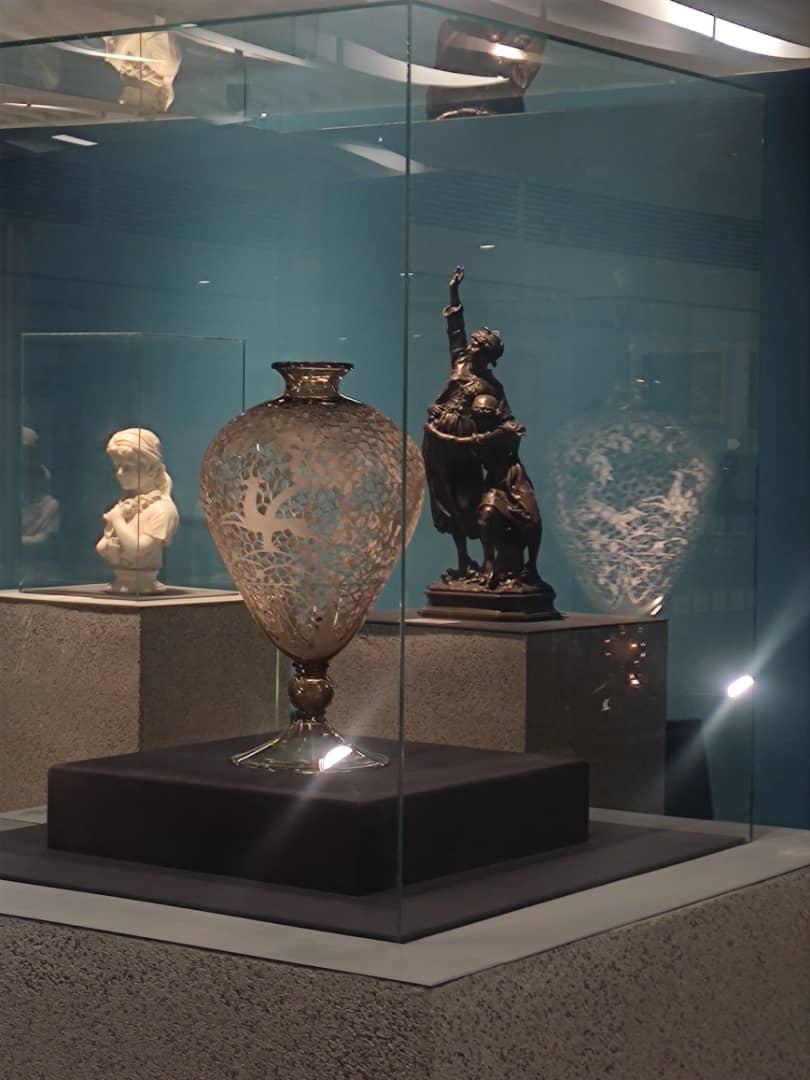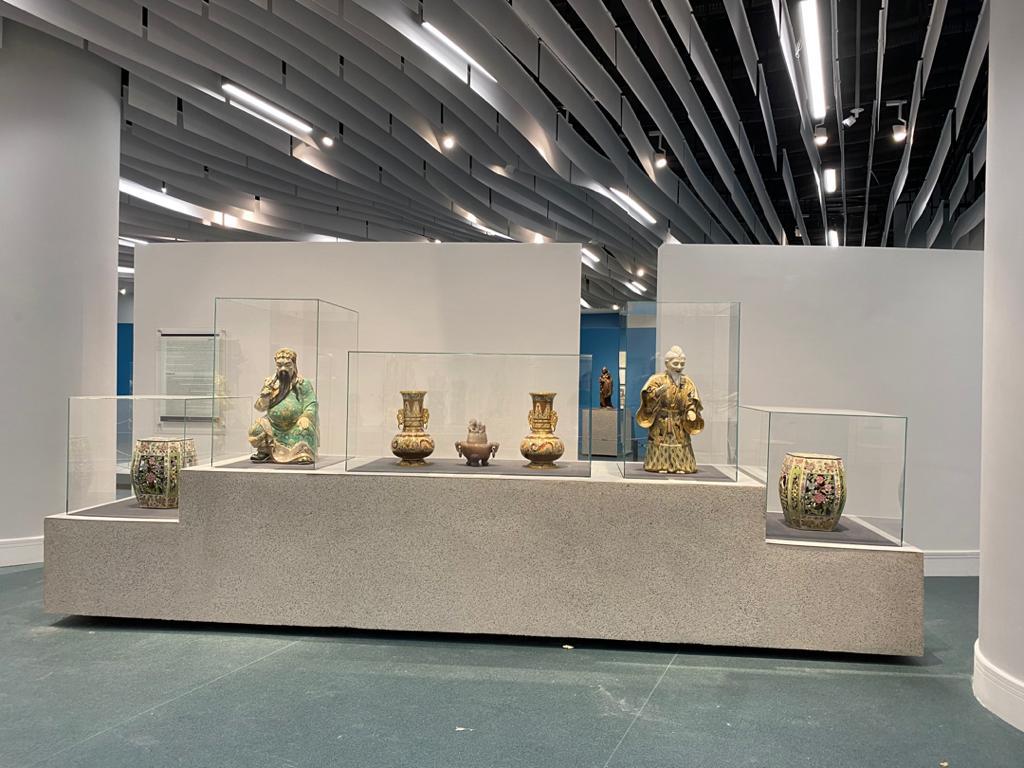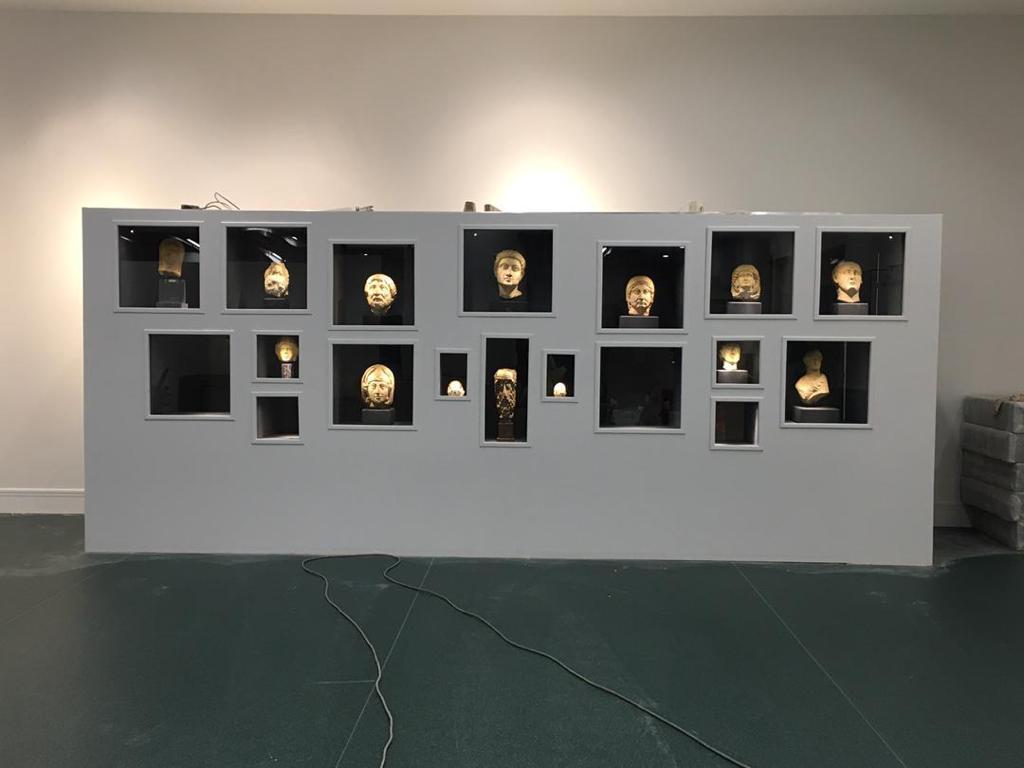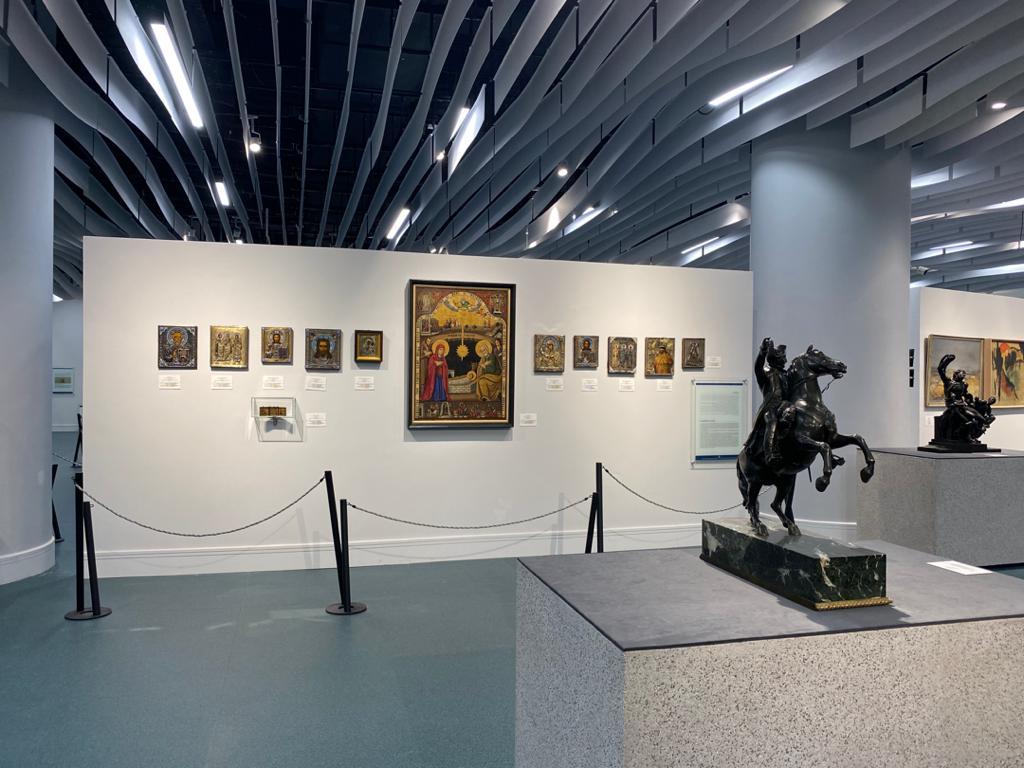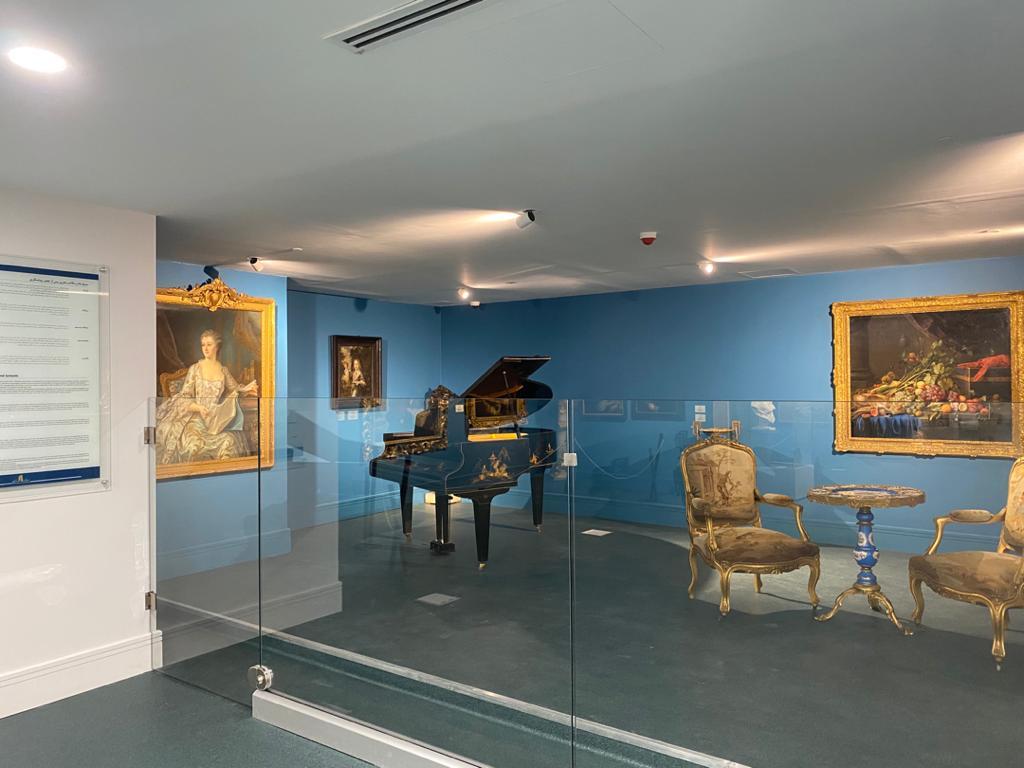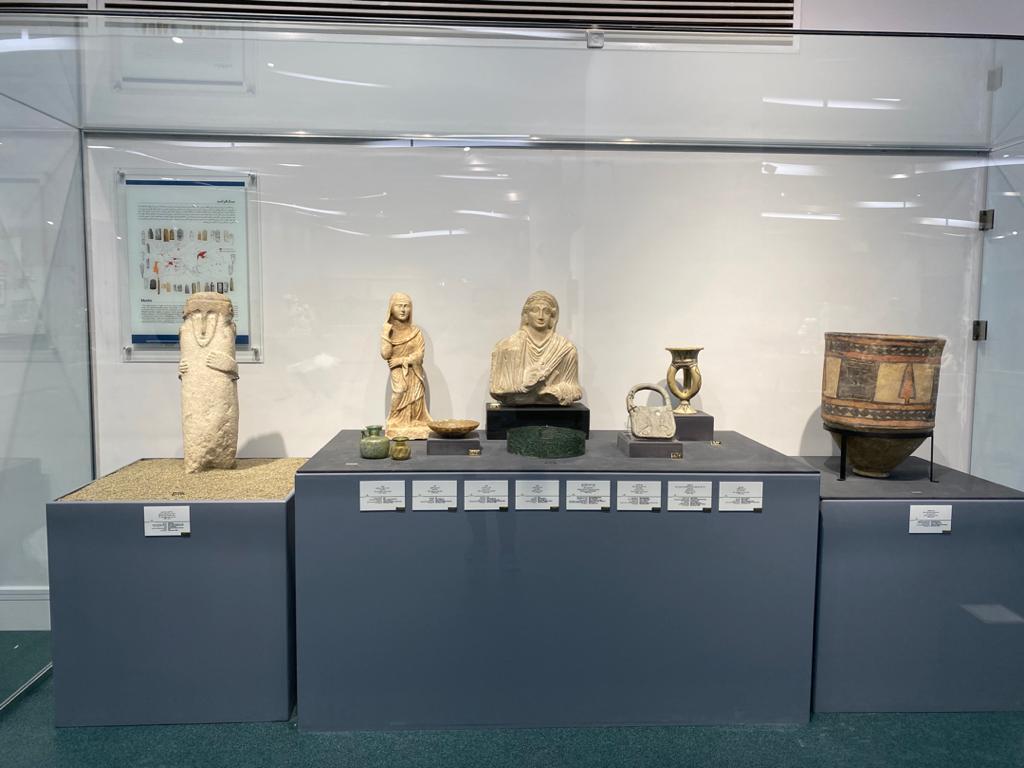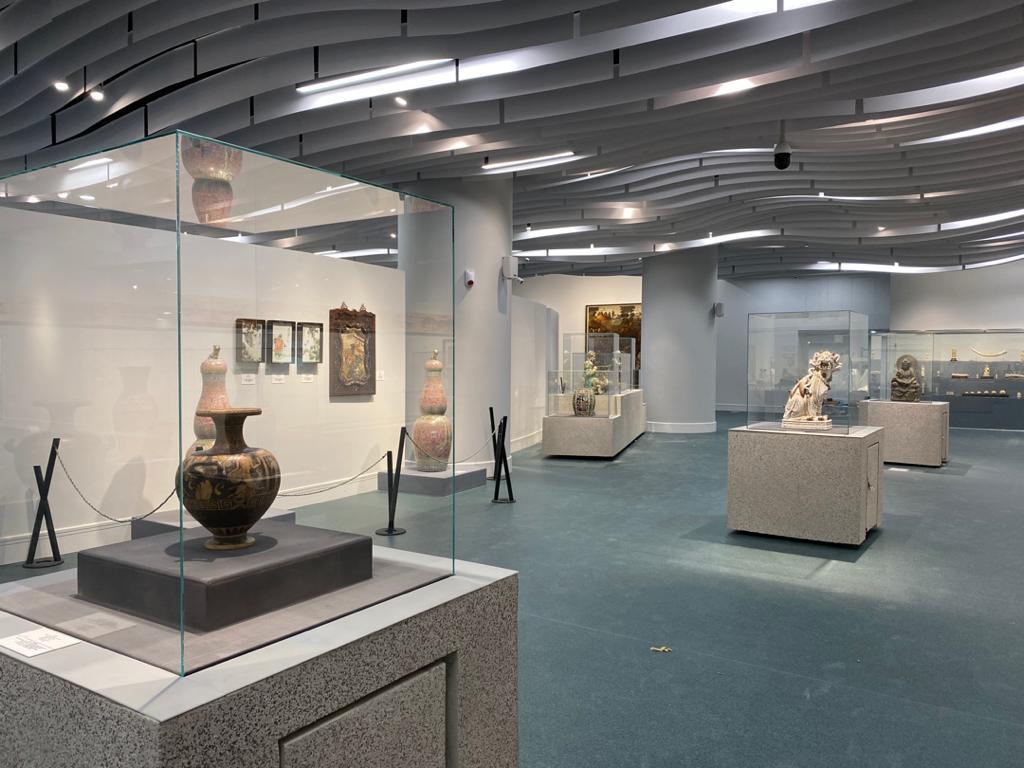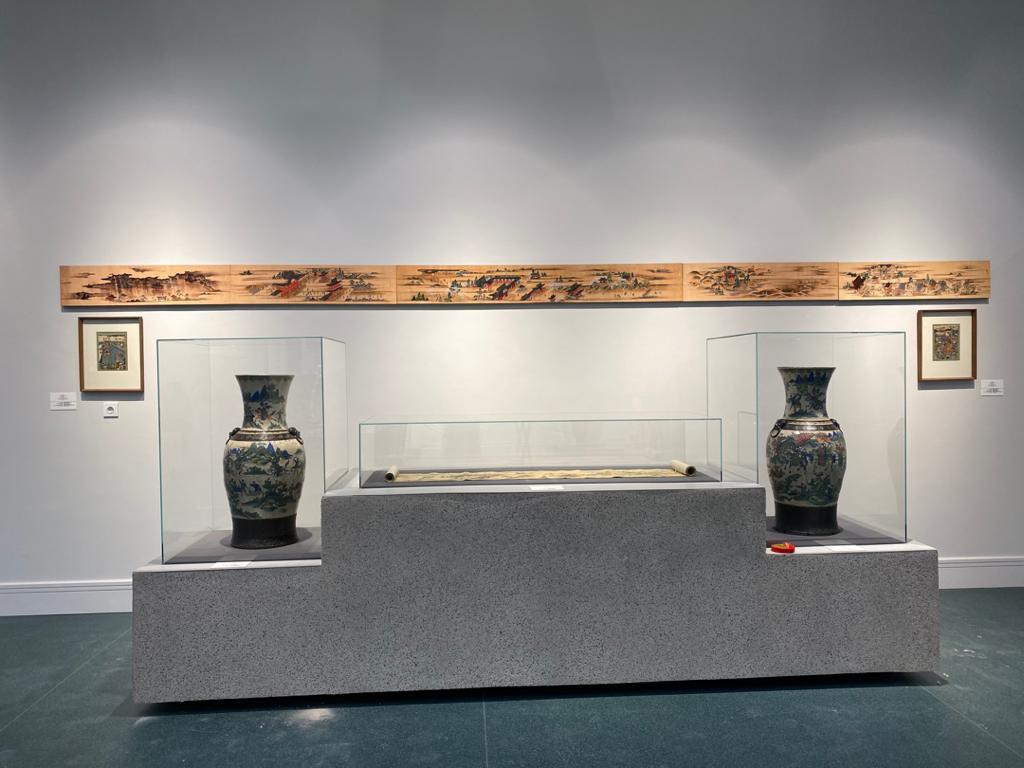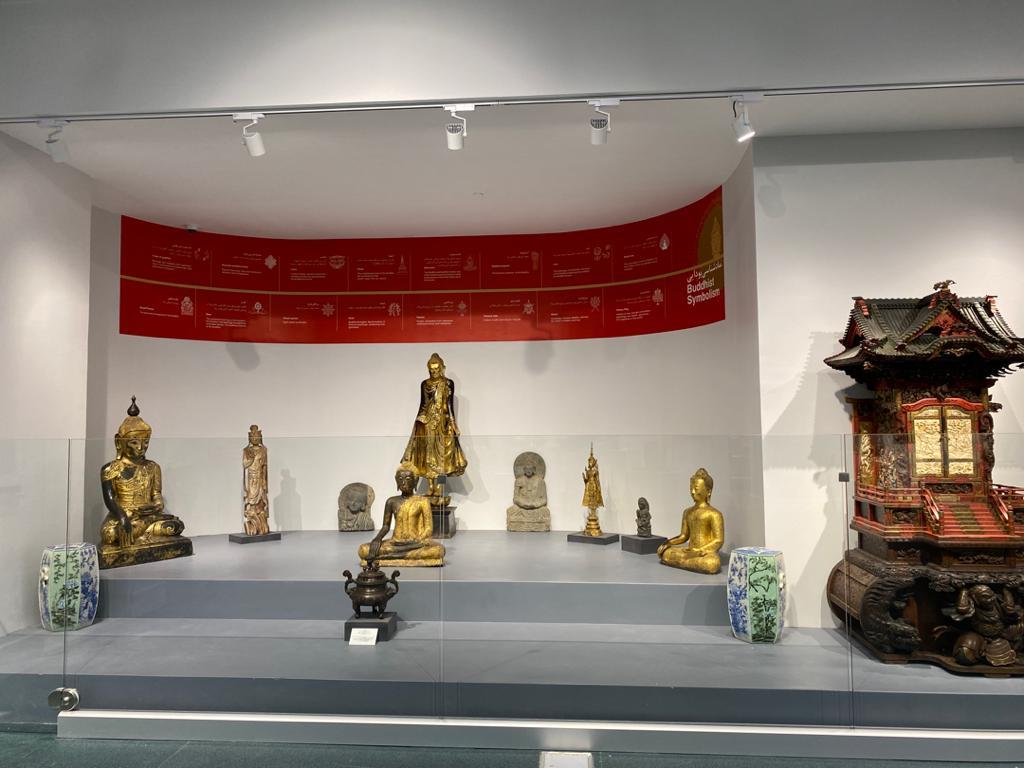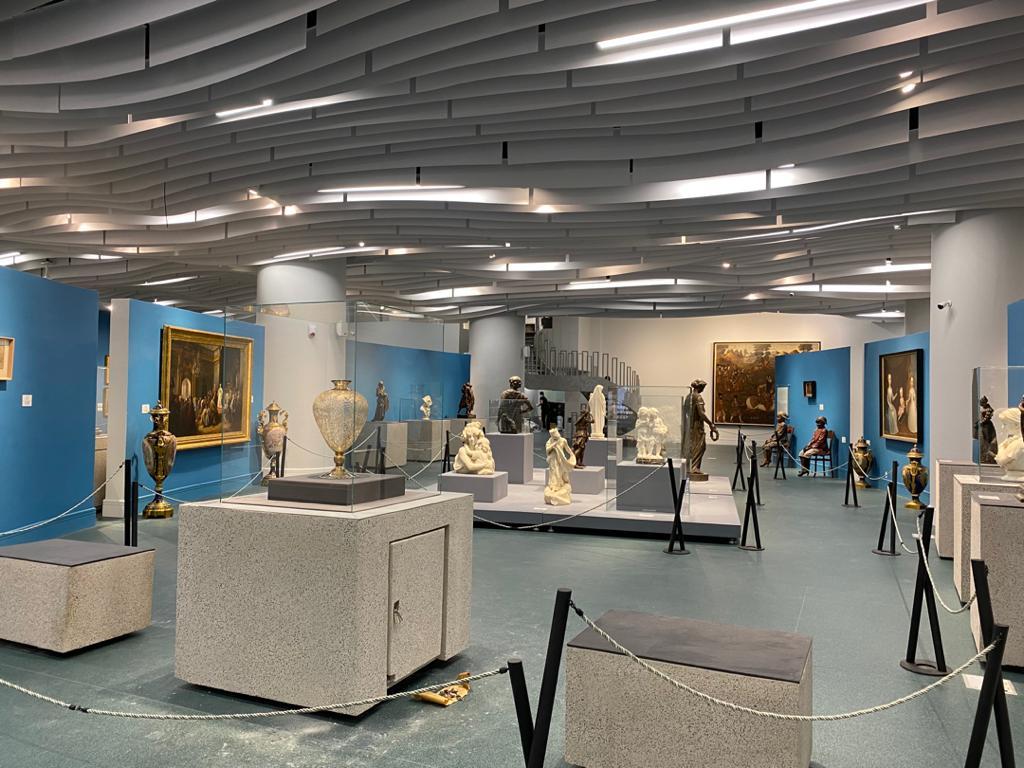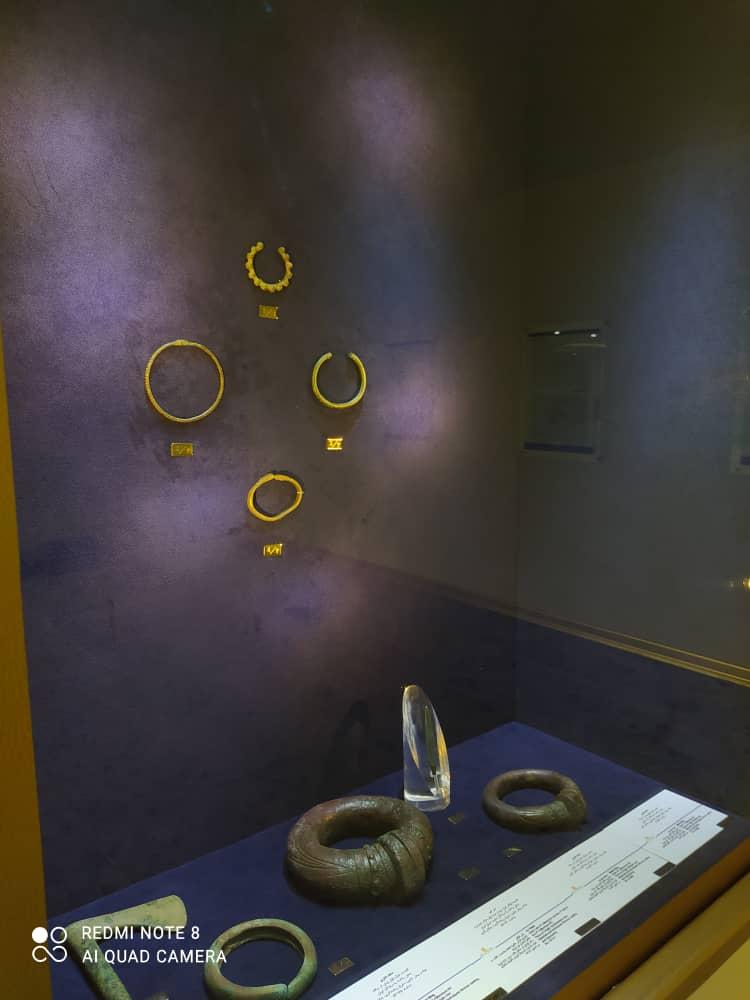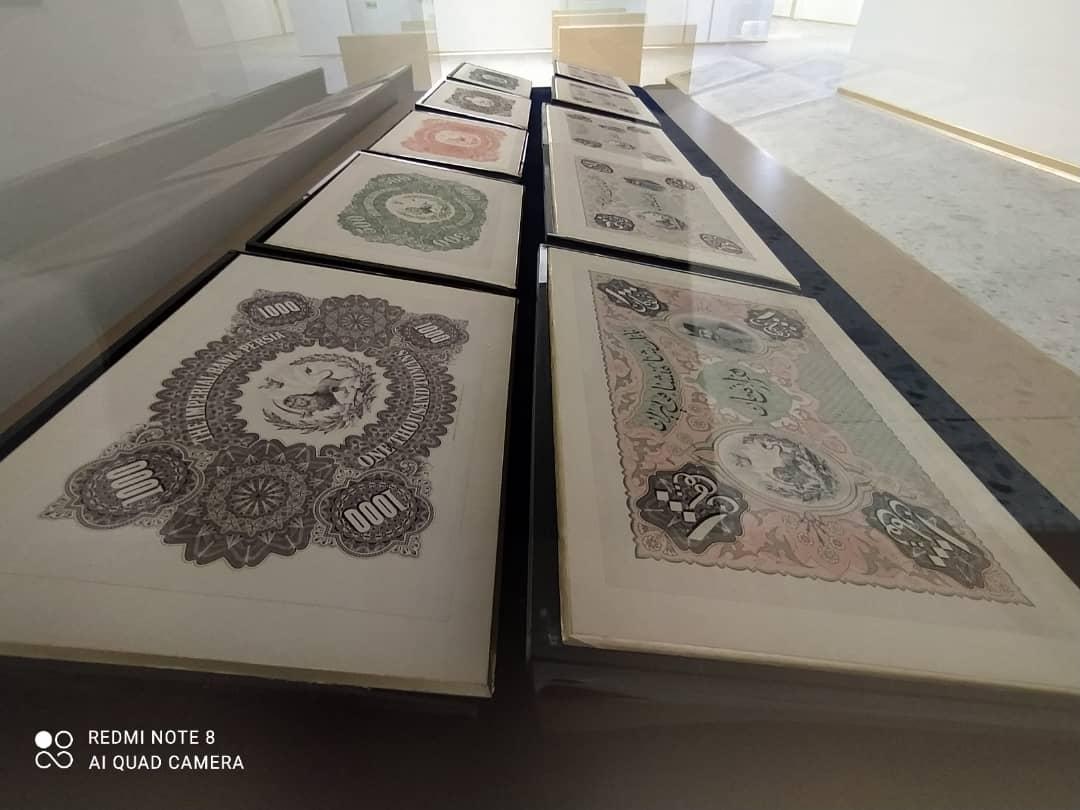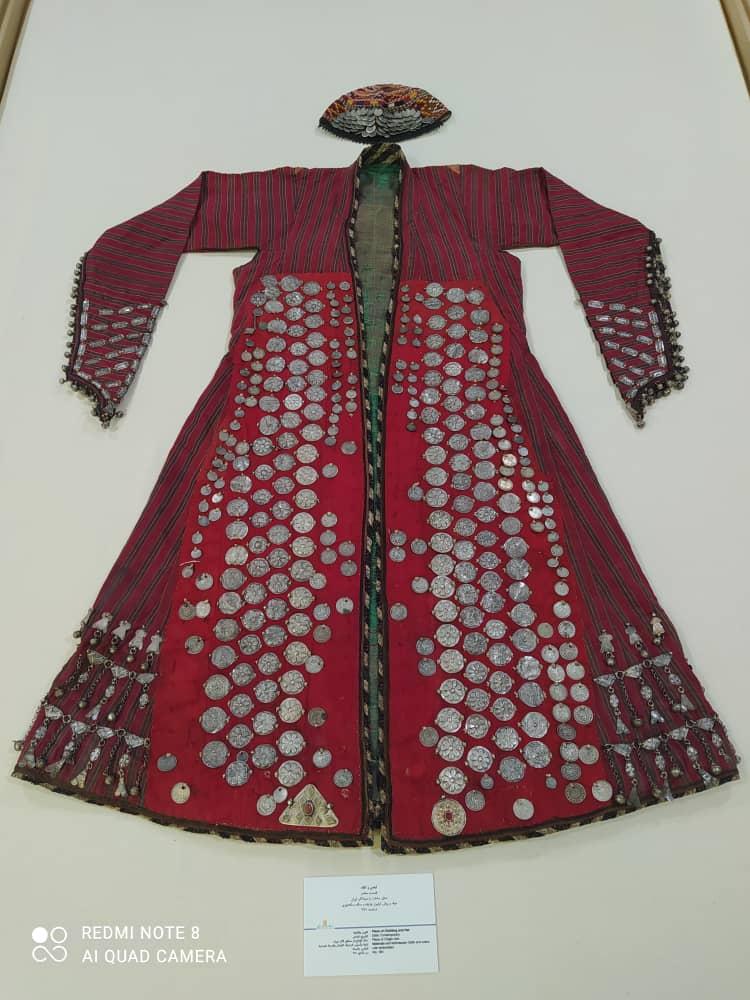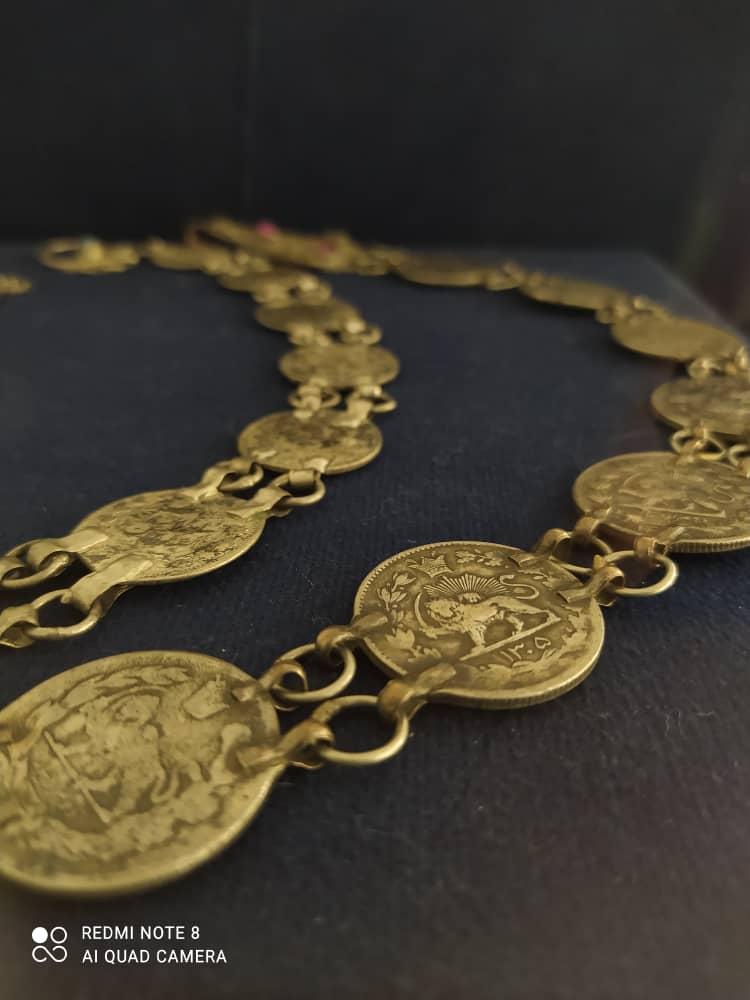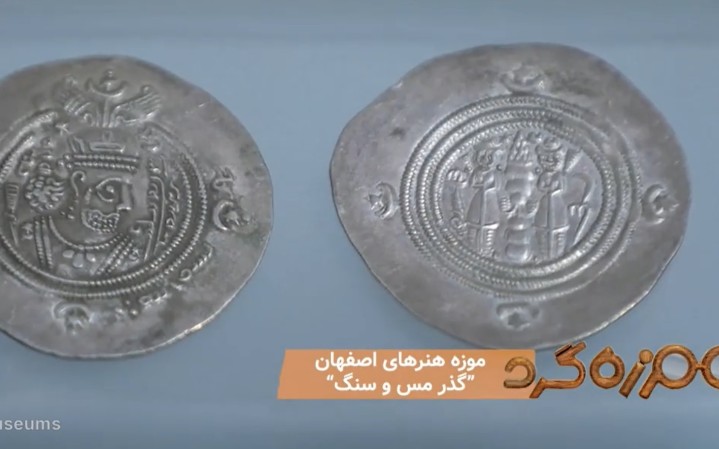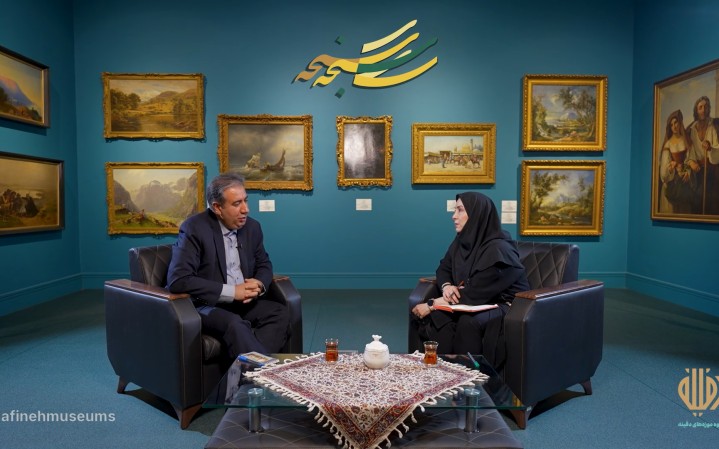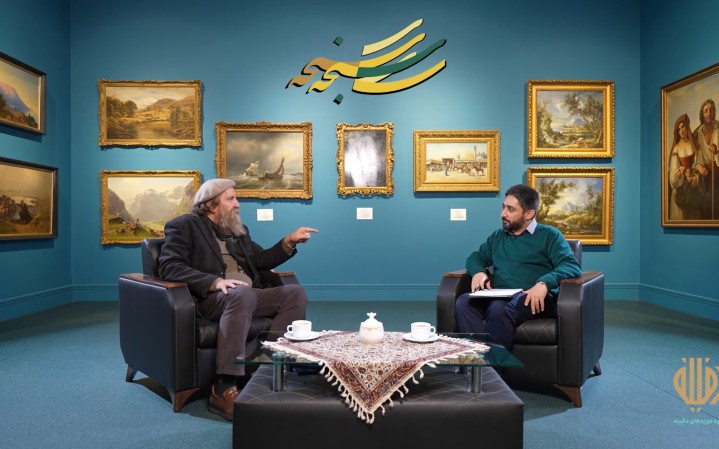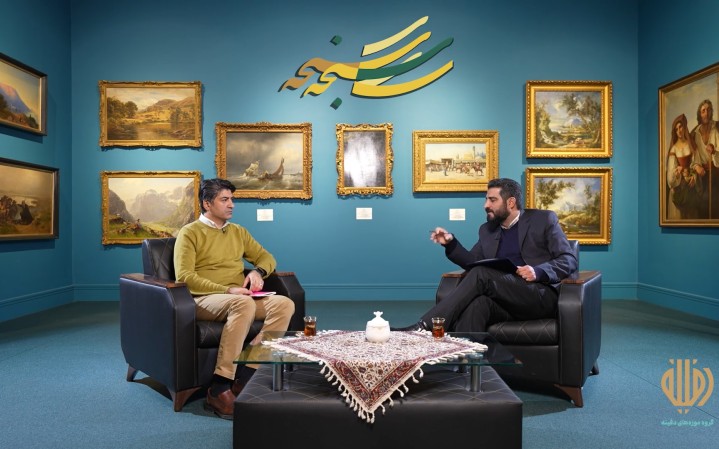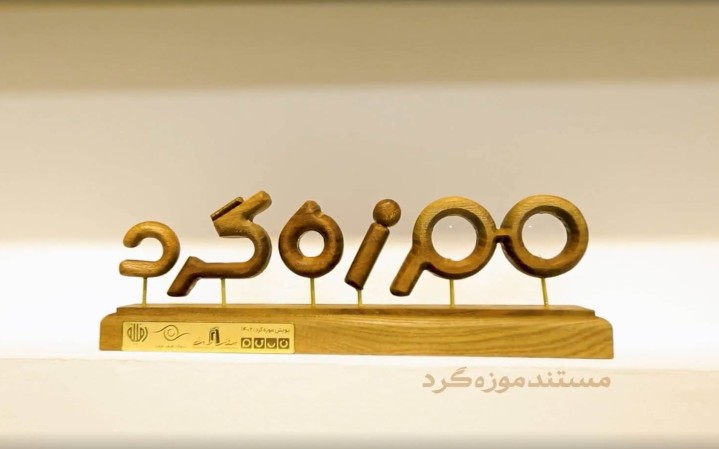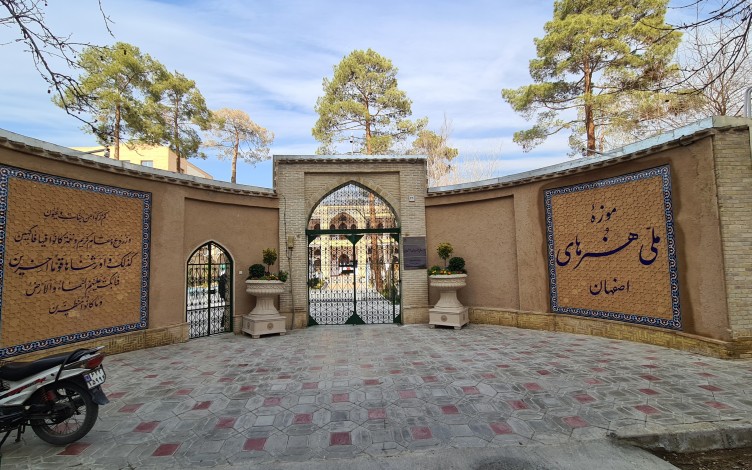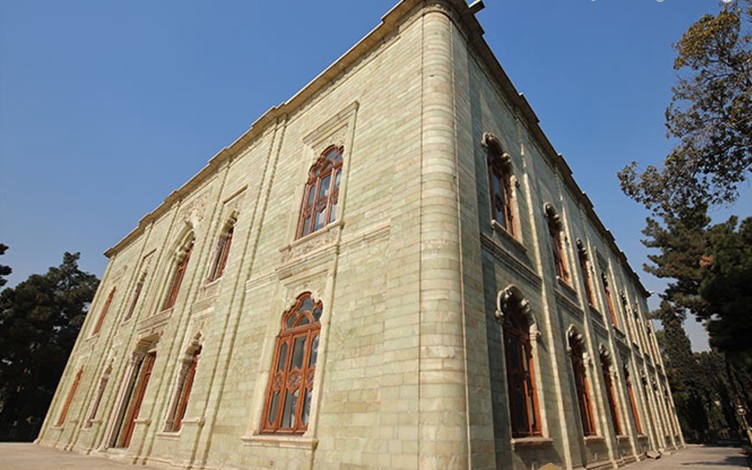Dafine museum campus
Contemporary industrial architecture with innovative materials and facades in association with ancient, historical and artistic works of cultures of different nations and tribes have formed an amazing collection. In this campus, four museums, respectively, with the display content of "Art of the World", "Islamic Era Art", "Historical Gems and Arrays" and "Money", provide a unique pleasure and an exciting and informative experience for the visitors.
Buy TicketThe Dafine building was built in 1356 by famous Iranian architects, Mr. Nizam Ameri and Mr. Kamal Kamuneh, based on the "Organic Frank Lloyd Wright" school of architecture. The concrete facade of this building is the first prefabricated facade of Iran in the form of one-piece molding, derived from pearls. Due to the architectural value of the building, it was registered in the list of national works of Iran in 2016. In general, the first cultural museum activity of this building began in 1368, during which a part of the building space was dedicated to the "Museum of Historical Burials". In 1378, a new section was exhibited in the main hall with the theme of coins and bills, and it continued to operate as the "Money Spectator Museum" until 1385. In 1985, the location of this museum was transferred to Eram Park and the museum building was given to Sina Bank. Then, in 1394-1398, the museum building was renovated with the aim of building new museums by the Cultural Institute of Museums of the Underprivileged Foundation, and finally in 1399, this building became a museum campus including three museums, "World Art", "Historical Gems and Arrays". And "money" was revived and revived with museum uses.
World Art Museum
Jahan Art Museum is one of the most important museums of the Dafine Museums Group. This museum is actually a gathering and discussion of the cultures of nations and tribes. The ethnic diversity and geographical dispersion of the works, along with the historical dispersion, have guaranteed a rare attraction for this museum. In fact, most nations and ethnic cultures have ancient, historical or artistic representatives in this museum. Some of these examples, such as the very beautiful "Japanese Scroll", belonging to the 18th and 19th centuries AD and the two-sided stone Buddha statue, belonging to the 2nd and 3rd centuries AD, are the only examples available in Iran. The works of great European artists such as "Francisco Goya", "Salvador Dali" and "Pablo Picasso" and a significant number of plaster and stone sardis from the Seleucid and Parthian periods are exhibited in this museum. In general, in the Museum of World Art, you can see a significant number of visual works of great European artists from the 17th to the 20th centuries.
The Museum of Islamic Art is located in the middle of this section of Dafineh Museum campus. Manuscripts from the first to the last centuries of the Islamic era, gilded pottery and tiles, textiles from the first to the last centuries of the Islamic era, ceremonial swords and daggers from the Safavid to Qajar eras, luxurious lacquer works, Iranian metalwork, significant works of Iranian painting, especially the single leaf of the magnificent Shahnameh of Qavam al-Din Shirazi, available in Iran, are exhibited in this museum.
Museum of gems and historical arrays
This museum is located in the negative floor of a Dafine museum campus building. The interior design of this museum is based on the importance of turquoise stone in Iranian culture (architecture, art and makeup) as well as the existence of the most important mines of this stone in Neishabur, taken from the mine of this precious and decorative stone. In keeping with this importance, the design of natural and mineral turquoise veins has been implemented on parts of the wall and floor of the museum using "microcement" and "epoxy" method. The Museum of Gems and Historical Arrays consists of three general sections: 1. Early ornaments and arrays section, 2. Ceremonial swords section and ornaments decorated with various precious and semi-precious gems, 3. Section of practical objects decorated with gold and wire.
In general, about 800 valuable objects from the third millennium BC to the contemporary period are displayed in 40 showcases. Among the prominent works of this museum are the golden breastplates of the historical era, the ceremonial sword of Fath Ali Shah and Mohammad Shah, decorated with precious stones such as diamonds, emeralds and rubies, a part of the royal golden scepter from the Achaemenid period decorated with lapis lazuli, golden cups of the first millennium BC. He mentioned Naseruddin Shah Qajar's dressing bag of the French brand Louis Vuitton and the valuable body of a woman by "Jerome", a famous French artist, decorated with precious and semi-precious gems.
Money Museum
Iran Money Museum is the first specialized and permanent museum in the field of coins and banknotes of Iran, which was opened in Dafineh building on the 17th of July 2016, with the efforts of the former General Administration of Museums of the Mustafefan Foundation. After a decade of scientific-cultural activity, this museum was moved to Eram Sabze complex in 2015. With the restoration and preparation of the Dafineh building in March 2019, the Money Museum returned to Dafineh with an expanded content.
By displaying a valuable collection of Iranian coins and banknotes and works related to the economy (including more than 1400 works), this museum reviews the history of coinage and the publication of banknotes in Iran.
The Iranian Money Museum consists of various sections such as early money, Achaemenid, Parthian, Sassanid coins, Islamic era coins and common banknotes in Iran. Among the representative works of this museum, we can mention the first coins minted in Iran during the Achaemenid period, the smallest coin with ancient history, gold banknote, the coin of the first Iranian queen and the design of Qajar banknotes.
During the years of its activity, in addition to preserving and displaying works, this museum is in various scientific fields (holding specialized meetings, cooperation with student projects, visits and educational working groups of schools and universities), cultural-artistic (holding and cooperating in the implementation of art exhibitions) , recording specialized documentaries) has been active.
